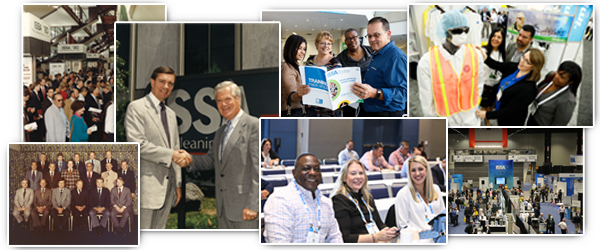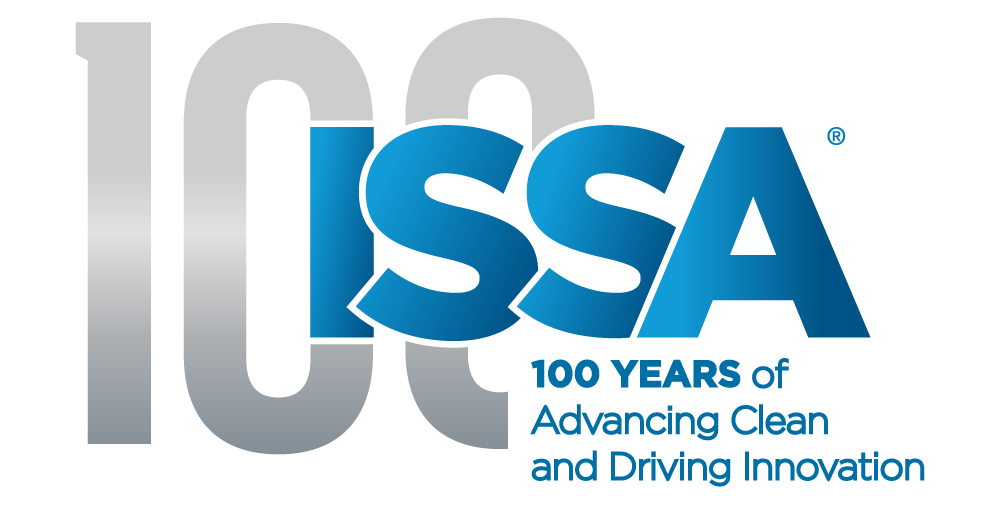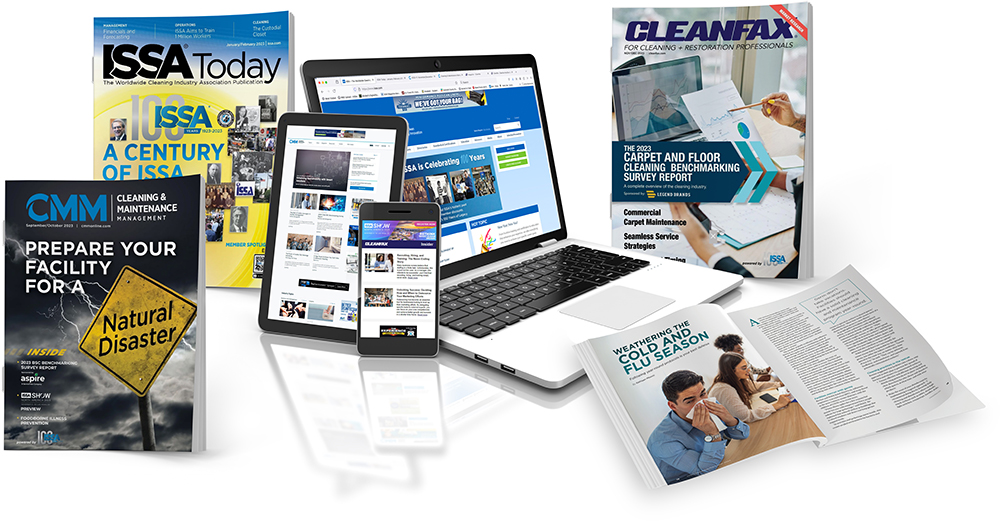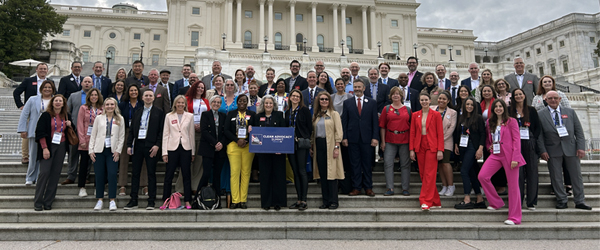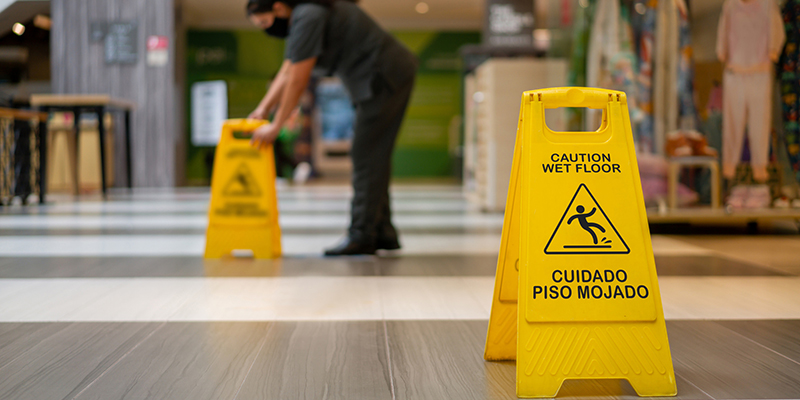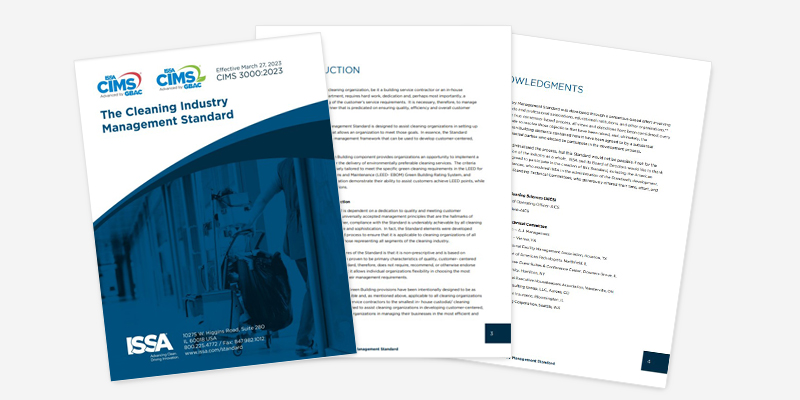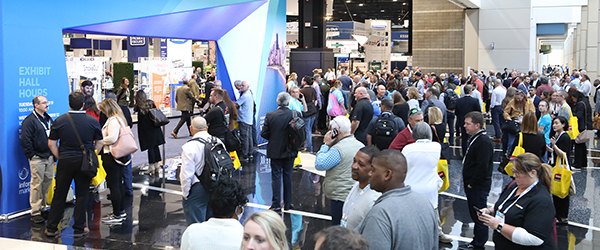The Impact of Tariffs on the Global Cleaning Industry
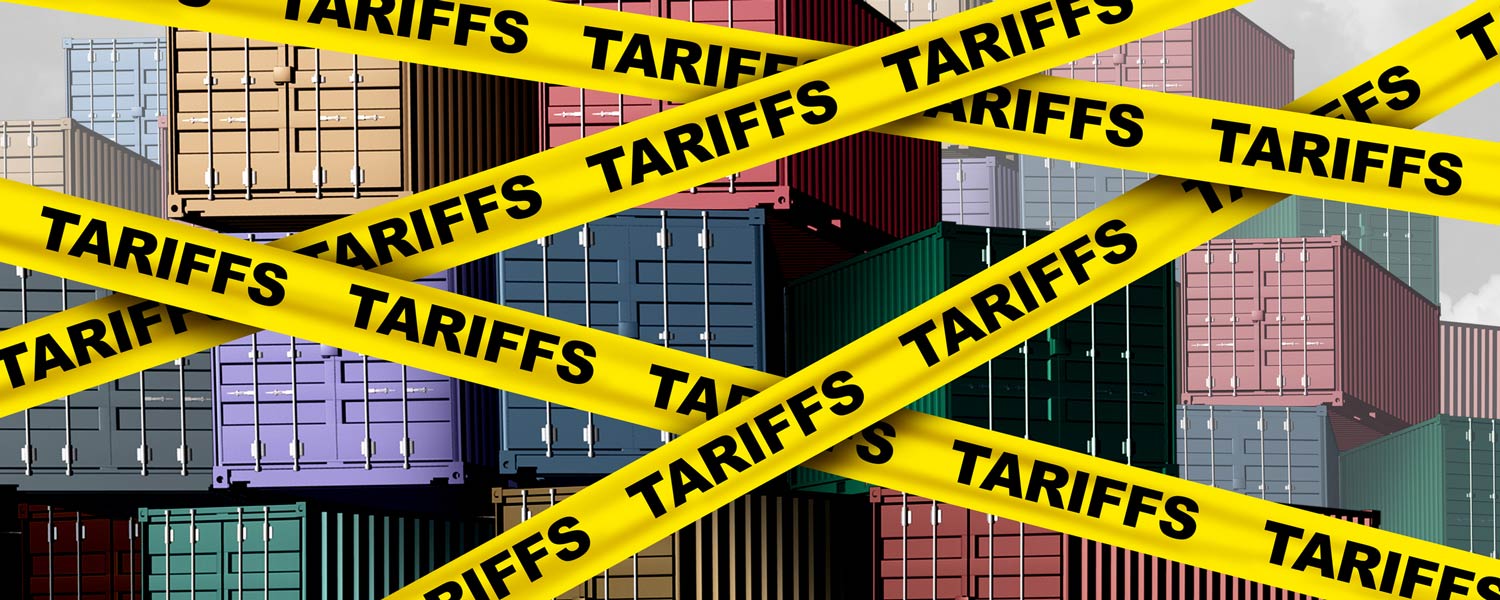
Tariffs are no longer a theoretical concern for the global cleaning industry—they are a reality, reshaping how businesses source, manufacture, and distribute products. Recent policy shifts in the United States have thrown a spotlight on the fragility of global supply chains, especially as tariffs stack up on critical imports from countries like China, Canada, and Mexico. For those in the cleaning industry—from manufacturers to distributors—the challenge now is to adapt quickly while planning strategically for the future.
If you’re importing materials, managing inventory, or trying to stay competitive in your pricing, the impact of tariffs could be significant. This is your call to revisit every aspect of your supply chain and ensure you’re building flexibility into your business model. Let’s break down the situation, its effects, and most importantly, what you can do about it.
The immediate impact
Tariff policies are shifting rapidly, and many businesses are struggling to keep pace. From aluminum to steel, from machinery to packaging materials, imported components crucial to cleaning products are now often taxed at multiple levels. In some cases, new tariffs on Chinese goods could exceed 100%, with cumulative charges based on multiple statutes, such as Section 232 of the Trade Expansion Act of 1962 (national security-related tariffs), Section 301 of the Trade Act of 1974 (unfair trade remedy), and new reciprocal tariffs aimed at realigning trade imbalances.
You’re likely feeling the squeeze if your company relies on imports from tariff-targeted countries. Costs are rising fast, margins are getting tighter, and uncertainty is complicating everything from budgeting to product development timelines..
You’re not alone.
Across the cleaning industry, companies are re-evaluating what they import, from where, and under what classifications. Even simple packaging materials, cleaning tools, or essential chemical components can suddenly become cost prohibitive.
It’s not just a ‘China problem’
While tariffs on Chinese goods have received the most attention, the implications go far beyond one country. Trade actions have affected goods from dozens of nations, and many are retaliating with their own tariffs on U.S. exports. The global trade landscape has become a patchwork of shifting duties and exclusions.
This means that your costs may still go up even if you aren’t importing directly from China. For example, if your supplier sources raw materials from a country facing U.S. tariffs, those costs may be passed down to you. Similarly, transportation and logistics costs are rising due to broader supply chain disruptions.
To make matters more complex, the U.S. government has used various legal mechanisms to enact these tariffs—some of which are under litigation. The pace and unpredictability of these changes make it difficult to plan long-term without building in buffers for volatility.
Short-term tactics: what you can do right now
If your business is feeling the heat, there are actionable steps you can take today to mitigate the damage:
- Review tariff classifications (HTS codes). Many businesses overpay tariffs due to incorrect product classification. You can request a ruling from U.S. Customs and Border Protection (CBP) to determine the correct Harmonized Tariff Schedule (HTS) code for your imports. Even a minor change in classification can reduce duty rates—sometimes by several percentage points.
- Audit your supply chain contracts. Check your terms and conditions. Do your contracts allow for price adjustments due to material cost escalation? Do you have clauses in place to renegotiate if tariffs spike? A material escalation or tariff adjustment clause could protect your margins and help maintain vendor relationships.
- Use foreign trade zones (FTZs). You can delay the payment of tariffs by routing goods through Foreign Trade Zones. If tariffs are later reduced or eliminated, this could save you money. FTZs also offer logistical flexibility, allowing you to store, assemble, or re-export products without paying duties until they’re moved into U.S. commerce.
- Revisit the country of origin and substantial transformation rules. If components are sourced from multiple countries, re-evaluate where substantial transformation occurs. A product originating in a low-tariff country may escape the steep costs tied to China-origin goods. Document your manufacturing and assembly processes thoroughly.
- Communicate with your broker. Work closely with your customs broker to stay current on tariff codes, changes in legislation, and compliance risks. Brokers can also run import simulations to give you a snapshot of the total duty burden across your product lines.
Long-term strategy: Resilience over reaction
Tariffs aren’t a passing phase—they’re part of a new economic landscape. That means companies in the cleaning industry must think beyond short-term cost avoidance and toward long-term resilience.
- Diversify your supplier base. Relying on a single supplier or country—especially one caught in trade crossfire—is a liability. Explore options in Southeast Asia, Latin America, or even reshoring production where feasible. Nearshoring may offer improved logistics, faster lead times, and lower tariff risk.
- Invest in product redesign. Look at your products with fresh eyes. Can you reduce the use of tariff-heavy materials like aluminum or certain chemicals? Can you switch packaging or components that fall under lower HTS categories? Innovative redesigns may reduce costs and create differentiation.
- Model scenario-based costing. Build out multiple tariff scenarios in your financial models. What happens if your input costs rise by 10%, 25%, or 50%? Scenario modeling helps prepare your sales, procurement, and finance teams for what-if events—and puts you in a better position to make agile decisions.
- Prioritize policy engagement. Your trade association, such as ISSA or NAW, is your voice in Washington. Participate in advocacy efforts, respond to surveys, and share your company’s impact stories. As policies evolve, these voices are critical in shaping future regulations and securing industry-specific exclusions.
- Build a tariff risk task force. Establish a cross-functional team to monitor, evaluate, and respond to trade policy changes. Include procurement, logistics, legal, and finance. This team should regularly review import classifications, update risk assessments, and recommend sourcing changes when necessary.
The new normal
The most successful companies won’t be the ones who ignore tariffs, but those who treat them as a strategic factor in business operations. In today’s market, agility matters. So does information. Whether you’re supplying disinfectants, mops, filters, or odor control products, your competitors are already calculating the cost of inaction.
Yes, there is chaos. But there is also opportunity.
As supply chains shift, new partnerships form. As tariff structures change, new markets open up. And as you take steps to insulate your business from uncertainty, you’ll find yourself better positioned to compete—not just under this administration, but in whatever political and economic climate comes next.
Adaptation is the new advantage
You don’t need to solve global trade overnight. But you do need to make smarter choices, starting now. Review your classifications. Know your origin stories. Rethink what goes into your products and where they come from. And most of all—stay informed and stay involved.
The cleaning industry may not be able to control tariffs, but it can control how it responds. And in a world of uncertainty, that’s the best advantage you’ve got.
Resources:
Article source: Webinar presented by the National Association of Wholesaler-Distributors (NAW). Watch the entire webinar replay here.





